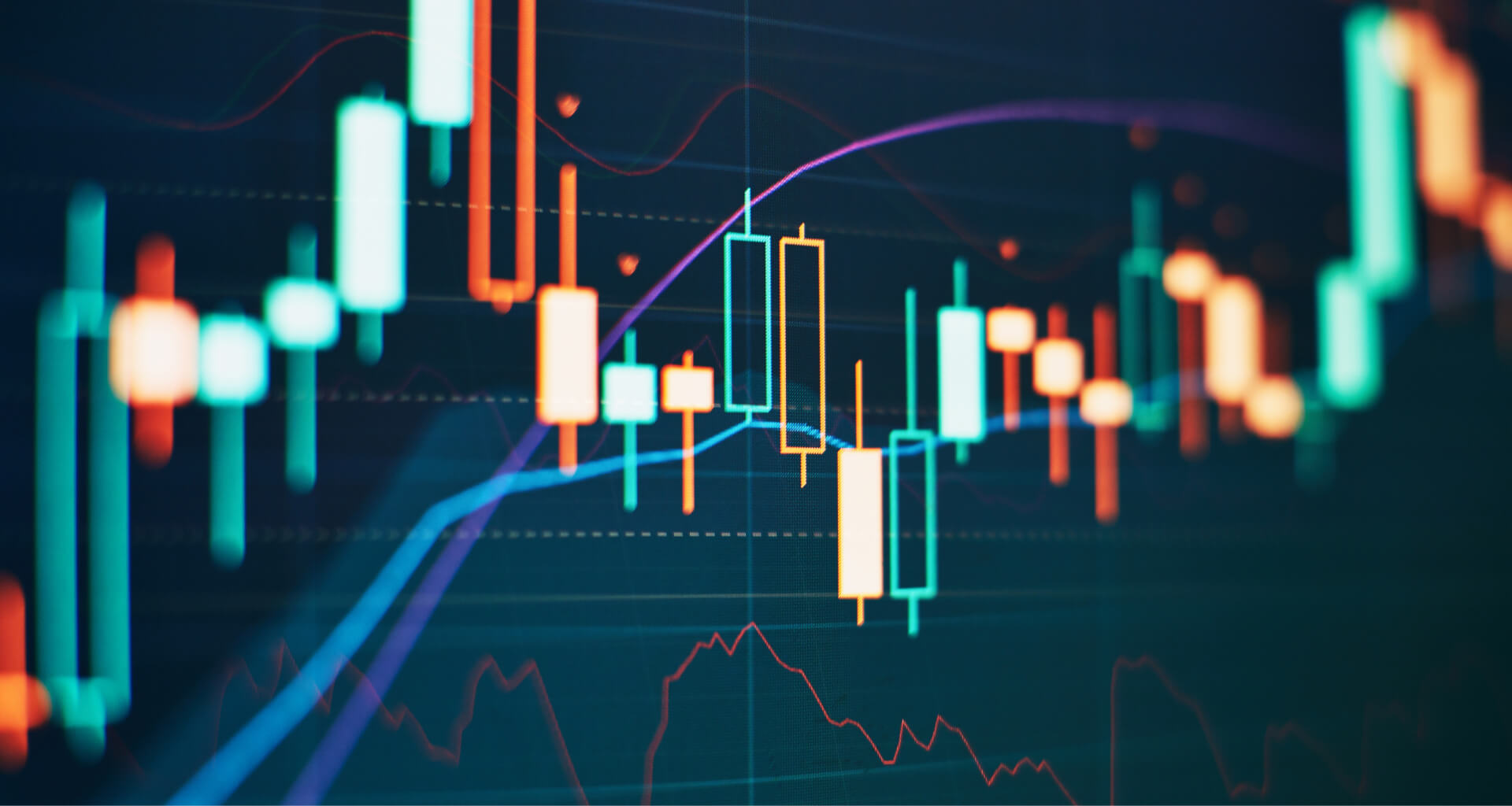If you think about becoming an investor, there is a word that you’ve probably heard a lot – volatility. During volatility, a novice investor might lose direction and start calling his/her investment strategies into question. Market nature is all about moving up and down over a short period of time. The golden mean of maintaining a long-term perspective and remaining flexible to short-term fluctuations might really work, but this is where practice steps forward. To work on a solution is much easier when you understand the nature of what you have to deal with.
High Volatility Stocks
When it comes to the non-financial world, volatility stands for dynamic and unexpected change. The meaning isn’t that different in the financial market; it’s just more technical. Volatility is understood as an indicator of increasing or decreasing prices of stocks and is usually measured by a standard deviation of the investment return. In its turn, we can describe the standard deviation as a statistical concept that specifies the expected amount of variability. Higher volatility equals higher prices or returns.
Heavy trading and massive price fluctuations occur due to some kind of imbalanced trading or one-direction trading where investors are actively buying and not selling, or vice versa. There are many factors that can dynamically change the market vector, such as important economic announcements, political releases, company updates, recommendations from the market leaders, etc. But there are also day traders and institutional investors playing a role in volatility emergence.
Heavy trading and massive price fluctuations occur due to some kind of imbalanced trading or one-direction trading where investors are actively buying and not selling, or vice versa.
Read more: How to Start Stocks Trading: a Beginner’s Guide
Types of Volatility
There are two major types of volatility that can be defined.
- Historical volatility measures the price fluctuations during a specified period of time in the past. If it shows significant changes, that’s the signal to being more attentive to investing in stock since it has strong chances to be risky when it comes to selling. This is what helps you build your predictions of future movements based on previous trends. But remember, that’s not the only thing that should define your next steps. Make an in-depth analysis a priority here.
- As a metric, implied volatility offers a forward-looking perspective on potential price fluctuations in the future. You can define the stock’s implied volatility by analyzing the variance of the prices on future options. If the option prices start to fall, that signals the decrease of implied volatility. If your predictions are correct, the price of the option will decrease, and it’s a good opportunity to buy it.

Volatility vs. Risk
In simple terms, risk is that probability where your investment gets a high chance of being unprofitable, according to your insightful analysis. Whereas volatility just shows the rapidity of the changes in price for some period of time.
Finding the Most Volatile Stocks
Volatility in the stock market brings efficiency to trading activities. Why is that so? Well, such stocks offer a high potential of profitable operations. Many investors are faced with such a question: how to find highly volatile stocks?
There are some industries like technology, healthcare, and energy that lead the market. Still, the list of alternatives is pretty big to consider using online resources that will show the right direction by providing the most credible information on volatile stocks worth investing in.
Consider using Stock Fetcher, which is a great tool that will deal with filtering stocks with high volatility and allow its users to spot the ones they’re looking for. An important thing for day traders is that this stock screener can be integrated with the continued technical analysis as a result of the filters being based on crossovers.
One of the best aspects of this platform is that the provided results are descriptive enough for investors not to continue the research on other platforms. The results are presented as user-friendly miniature charts synchronized with the technical indicators that are used on the screen. The received results can be easily exported to Excel.
Why Should You Use Stock Fetcher?
- Affordable stock screener;
- Almost 200 technical indicators available;
- Interactive and user-friendly interface;
- Possibility to track a particular stock over a long period of time.
Investors who stand for in-depth research options should consider using a free version of Finviz (financial visualization) where the most volatile stocks can be displayed. The screener tool can be used to sort out the results for total market value, volume, and production rates. Finding the stocks that match your specified requirements isn’t challenging once you narrow the search. Its operating parameters are pretty impressive too. Users can hover over any stock and have its chart pop up demonstrated on a screen.
It’s also possible to view the heat maps section that introduces one of the leading representations on the platform. That’s a great tool for measuring the general situation on the market and spot the companies with the best and the worst performance.
Why Should You Use Finviz?
- Fast results;
- User-friendly interface;
- Top newsfeed;
- Insightful heat maps;
- Backtesting.
Read more: Where to Invest $1,000 in the Stock Market
Trading Volatile Stocks
According to a buy-and-hold strategy, investors who hold their stocks for years make more money. Long-term investing is where you need to do your homework to be 100% sure that this is the case where you can just relax and wait since the market is driven by companies’ fundamentals. If you were lucky to find a company with solid gains and a promising future, it wouldn’t be affected by any short-term fluctuations. What’s interesting is that volatility can be a great signal to step forward and invest in the company with a long-term or a short-term perspective. It all comes down to your personal expectations, experience, and vision.
Long-term investing is where you need to do your homework to be 100% sure that this is the case where you can just relax and wait since the market is driven by companies’ fundamentals.
Final Words
Being aware of the potential risks during volatile periods is crucial. If you’re confident in your strategy, then the choice to invest can bring great results. The important point to remember is that staying on top of things during a spike in volatility is crucial since it can measurably impact your trade. Fluctuating stocks can become both the winning ones and the losing ones.
About JustMarkets
JustMarkets is an international broker with clients from 197 countries. Millions of people have already opened trading accounts on JustMarkets to benefit from the best conditions, including low spreads, commission-free withdrawals, and a helpful team of support, working round the clock to ensure that each of our clients has the most convenient trading experience.
Open a demo account on JustMarkets to try your hand at currency trading. It’s a risk-free way to learn to trade in the most liquid financial market. A teaching account will help you learn trading basics and develop your own strategy before you invest any money. Learn trading today to take care of your future tomorrow.




